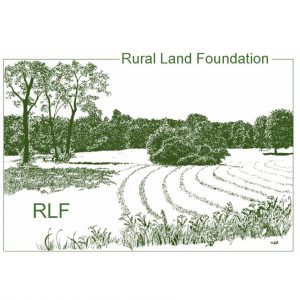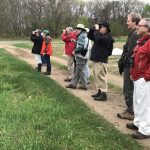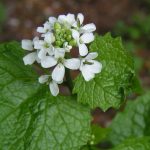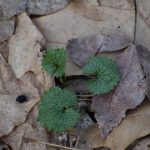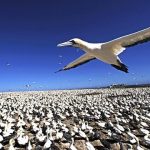Thank you Grace Chapel and Community Volunteers!
On Saturday, May 5 a group of volunteers from Grace Chapel and the wider community joined Buzz Constable, LLCT board president, for an annual garlic mustard pull in Flint Fields. The group worked its way methodically around the perimeter of the field pulling and bagging plants. The progress of past efforts was apparent and encouraging, … Read more

